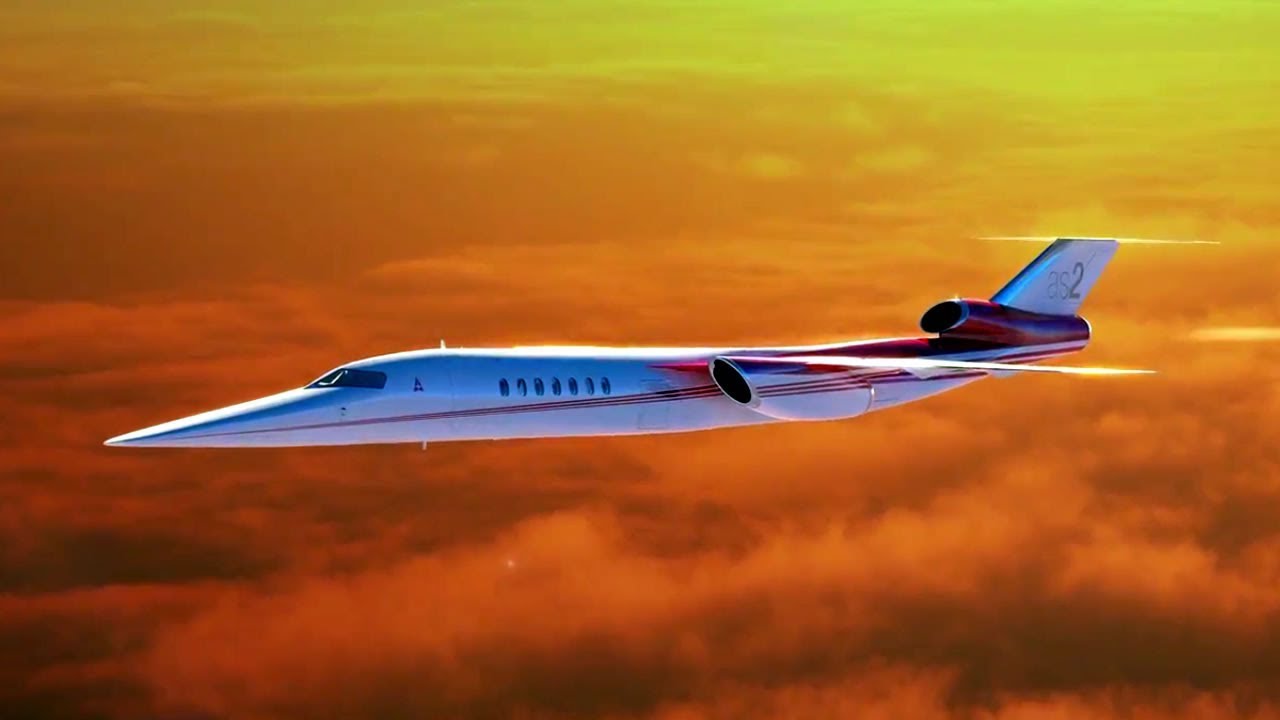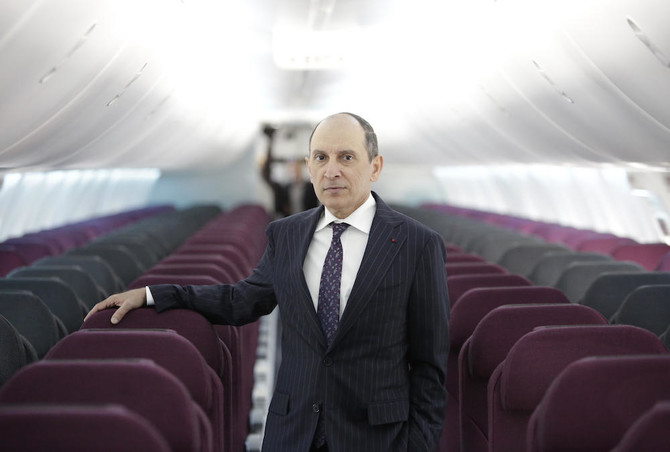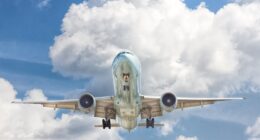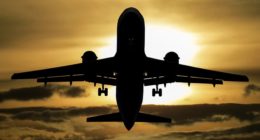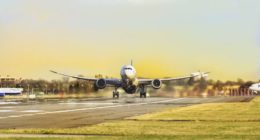On 10th April 2003, Air France and British Airways simultaneously announced that they would retire Concorde later that year. They cited low passenger numbers following the well publicised 25th July 2000 crash, a slump in air travel, plus rising maintenance costs. Many people believed that the era of supersonic air travel was at an end.
However, now that could be about to change. Aerion Supersonic claims to be on track to see its first passenger jet cross the Pacific faster than the speed of sound in 2023 – just 20 years after Concorde’s last flight.
Who are Aerion?
Aerion Corporation is an aircraft manufacturer based in Reno, Nevada. The company claims to be leading a supersonic renaissance, and has pioneered new technologies to make supersonic flight practical and efficient. Now Aerion is working with Lockheed Martin and GE Aviation to develop the world’s first supersonic business jet, the AS2.
Details of the New Supersonic Aircraft
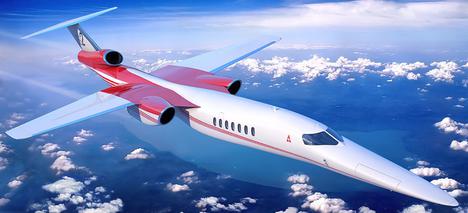
The AS2 will be a 12-seater passenger jet. It will be able to cruise at Mach 1.4 -1.6, but is expected to slow down to Mach 1.2 when flying over land, so avoiding the formation of shock waves. But it should still save travellers three hours when crossing the Atlantic, and as much as five hours over the Pacific. The length of the aircraft will be 51.8 metres, height will be 6.7 metres, and wingspan 18.6 metres. The AS2 will be equipped with three engines, each of which must be at least 69 kilonewtons.
Aerion plans to conduct the first flight of the AS2 in June 2023. In October of the same year, the AS2 should have already completed its first transatlantic flight. The developers plan that certification of the new aircraft will be completed by the end of 2025, and from 2026 new supersonic aircraft will begin to perform regular flights. For the first year of serial production, Aerion plans to assemble 12 AS2 aircraft, 23 aircraft should be assembled for 2027, and for 2028 there will be 36. In the future, the company plan to produce 36 AS2s each year until 2035.
The Engines
The American company GE Aviation has developed the Affinity turbofan jet engine for use on the new AS2. For supersonic flights, conventional turbofan engines of modern passenger aircraft are not suitable. Due to the large fan area, fan and compressor operation peculiarities, and many other reasons, conventional engines are unable to operate reliably at supersonic flight speeds. The planned new power plant combines the features of jet engines with a medium-bypass-ratio turbofan. Other technical innovations have been incorporated into the design, and the new Affinity power unit will be able to provide passenger flight at altitudes up to 18.3 thousand metres. GE Aviation expect the new engine to be ready by 2023.
The Future
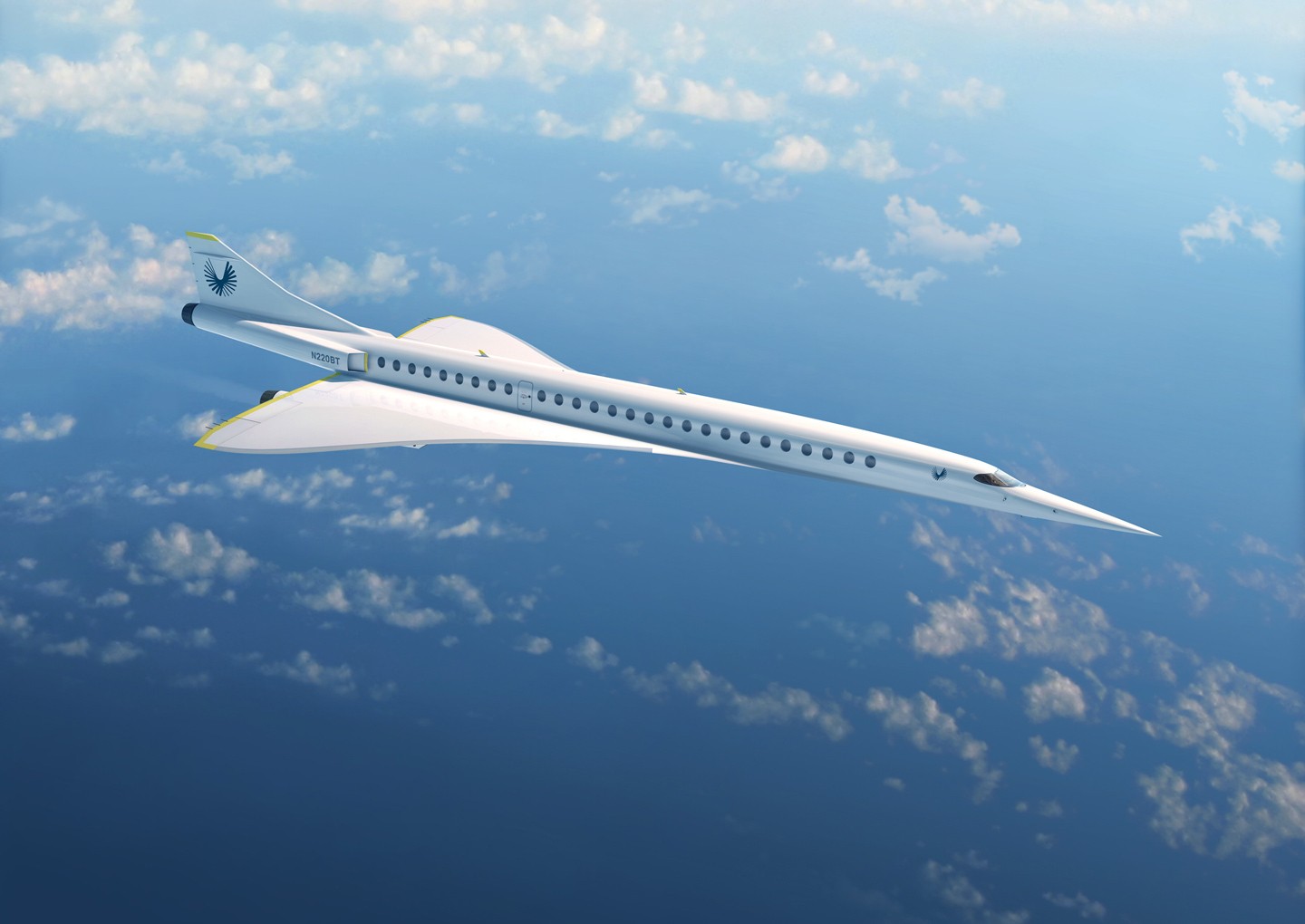
Aerion has not ruled out making a small commercial airliner in the longer term. For the next generation beyond the AS2, there would be further engine adaptations to allow for a larger aircraft.
A number of other companies, including US-based Boom Supersonic, are also looking at supersonic flight after a long break. Last year Japan Airlines and Boom announced a partnership to bring commercial supersonic travel to passengers. The agreement will see JAL providing its knowledge and experience as an airline to support Boom in developing a Mach 2.2 aircraft.
So it seems that supersonic travel is all set to return…
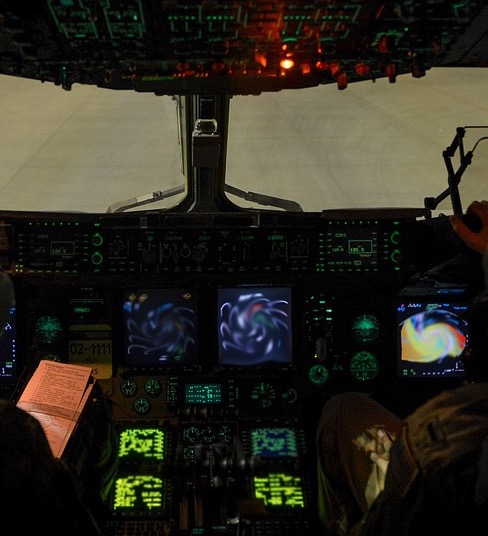
Helen is a retired pilot and flight instructor who has traveled around the world and visited more than 70 countries. An award-winning journalist and author, she has been writing for world-class aviation-focused publications.
